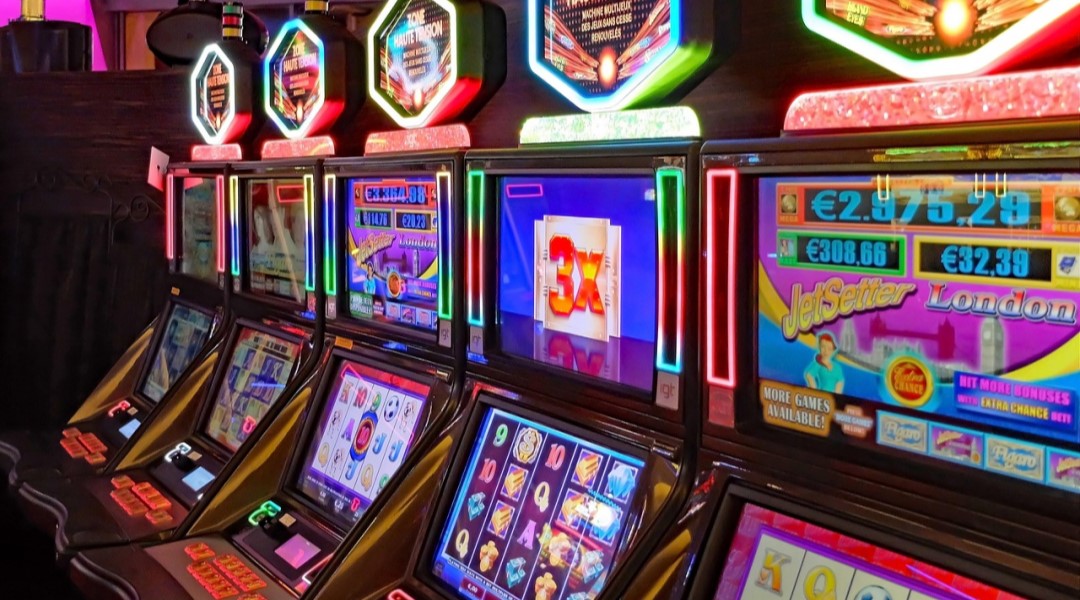Simplicity In Slots: Is It A Lost Art Form?

While traditional game designers might roll their eyes at the idea of slot gaming designers having the same level of intricacy and sophistication as video console games or PC games, they are very much their own respective fields.
Slot gaming developers have been able to harness a growing global demand for slots over the last two decades, but as the industry has become inundated with a range of different designs, ideas, and casino platforms all looking to cash in on the golden age of casino gaming, have designers lost sight of some of the attributes that initially led to this enormous demand back in the 2000s?
The Importance Of Choice
In the early days of slot gaming, it became clear that the key to success sprang from platforms that ensured their gamers had plenty of choice and scope.
This came in dozens of different forms, with some focusing on specific genres and themes, such as mythology. In contrast, others have attempted to innovate with payment options such as e-wallets and cryptocurrencies in an effort to find their niche. Some sites will focus on high-volatility slot games rather than low- or medium-volatility ones. There’s. There is no definitive answer that guarantees a platform’s success; it often involves a lot of trial and error, along with numerous adjustments.
In any area of entertainment, choice is crucial. However, in the world of slot gaming, where a popular design can literally be the difference between a $1 million idea and a $50 million idea, there is considerable pressure to get it right. Cafe Casino slots games have ticked a number of these boxes, offering both alternative payment options and a range of new themes and ideas that they have fused with pre-existing popular designs.
However, regardless of the plans that a casino platform adopts, consumer choice must be taken into account. Those platforms that do not offer a wide range of gaming options or focus on a niche run the risk of becoming irrelevant in a highly competitive global marketplace.
Matching The Current Consumer Atmosphere
It’s fair to say that slot gaming designers have taken a more creative approach to their games since the start of the 2020s. With the significant rise in slot games across prominent economies like the US and Canada, game design companies have worked diligently to attract customers from these areas to their sites.
Customer safety measures, such as responsible gambling and Know Your Customer (KYC) protocols, are non-negotiable in the market. Not only do they solidify and ensure consumer protection, but they also ensure that the casino industry maintains legitimacy in the eyes of the general public and those who are on the outside looking in.
From a game design perspective, slot game companies have to establish a firm middle ground. They cannot advertise their games as a means to make money, and they must ensure that the gaming mechanics are above board, have integrated RNG technology, which is integral to slot gaming and the world around us, and adhere to third-party auditing standards.
Why Simple Slots Still Work
Ever since the first-ever classic themed slot, which blew open the potential of casino gaming, there’s a simplicity and feel to these games that has not been lost, even in the hyper-digital environment of current slots, some of which stretch the definition to its limit.
So, what do we mean by simple slots? Games like Starburst, which proved to be a total revelation and a global smash hit when it arrived on our screens in 2012. Simple, easy to play, and with free spins and a couple of bonus features.
Some games now have a dozen bonus games and huge grids with over 100 squares. While this might be appealing to a specific bracket of slot gamers, these games often take a lot of time to construct and design, and for those who are looking to play a basic slot, they’re the antithesis of what the original game was all about.
Now, that’s not to say an industry shouldn’t change. The multi-billion dollar iGaming industry that now exists can thank a lot of these innovative slot gaming ideas, as they opened up the doors to a brand new international market – and while this is primarily down to the modularity, it’s also important that the fabrics and the mechanics of the game do not stray too far from the initial design, which is, a significant reason as to why they still work so well.
Can Slots Return to the Basics?
It’s not really about getting back to the basics; it’s about matching consumer demand. Now that cutting-edge technology, such as generative AI, is making significant inroads into the world of video game development, we can expect this influence to grow across the entire gaming industry and into the realm of slot gaming.
If the consumer demand dictates that a shift back to basic slots is needed, then the industry will inevitably gravitate towards this. However, from the perspective of game design, market saturation, and the rise of AI, we could be looking at a world where slot gaming development becomes somewhat of a lost art form.